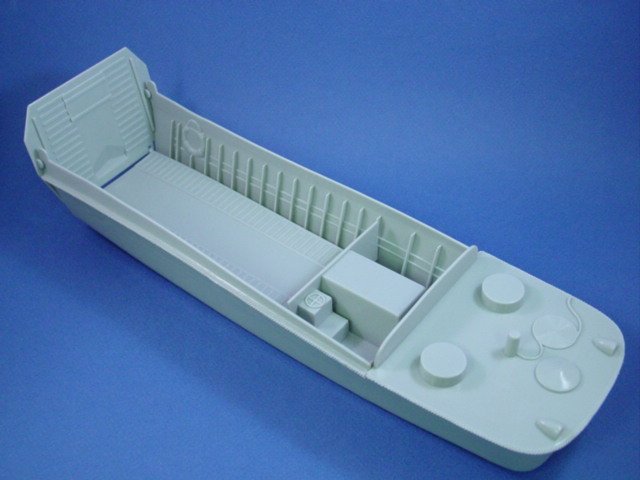
Following World War II, Beton modified their figures in an attempt to change the World War I type helmet into the World War II one.įollowing World War II, plastic manufacture was seen as an industry with growth potential with many old and new companies making plastic figures that were widely available in the United States. The Beton figures were painted like metal figures and sold the same as their metal brethren individually or in a boxed set of around seven figures.

Beton also acquired the molds of another pre-war plastic figure company, Universal Plastics with their figures remaining for sale when lead toy production was stopped in 1942. The first American plastic toy soldiers were made by Bergen Toy & Novelty Co. Army men are considered toys and not models and as such, historical and chronological accuracy are generally not a priority. Their vehicles are usually manufactured in a smaller scale, to save on production and packaging costs. Army men are sometimes packaged with additional accessories including tanks (often based on the M48 Patton tank), jeeps, armed hovercraft, half-tracks, artillery, flags, army trucks, helicopters, fighter jets, landing craft and fortifications. Typical accoutrements depicted are often 1960s-era M1911 style pistols, ammunition pouches, and water canteens. The traditional helmets are the older M1 "steel pot" style that were issued to US soldiers during the middle to late 20th century. They may also have radio men, binocular scouts, and minesweepers. These include rifles, machine guns, submachine guns, sniper rifles, pistols, grenades, flamethrowers, mortars, and bazookas.

They are equipped with a variety of weapons, typically from World War II to the current era, often depicting the 1964 Vietnam-era M-16 rifle with fixed M7 bayonet.

Plastic army men are sold in plastic bags or buckets, and often include different colors such as green, tan, or gray, to represent opposing sides.


 0 kommentar(er)
0 kommentar(er)
